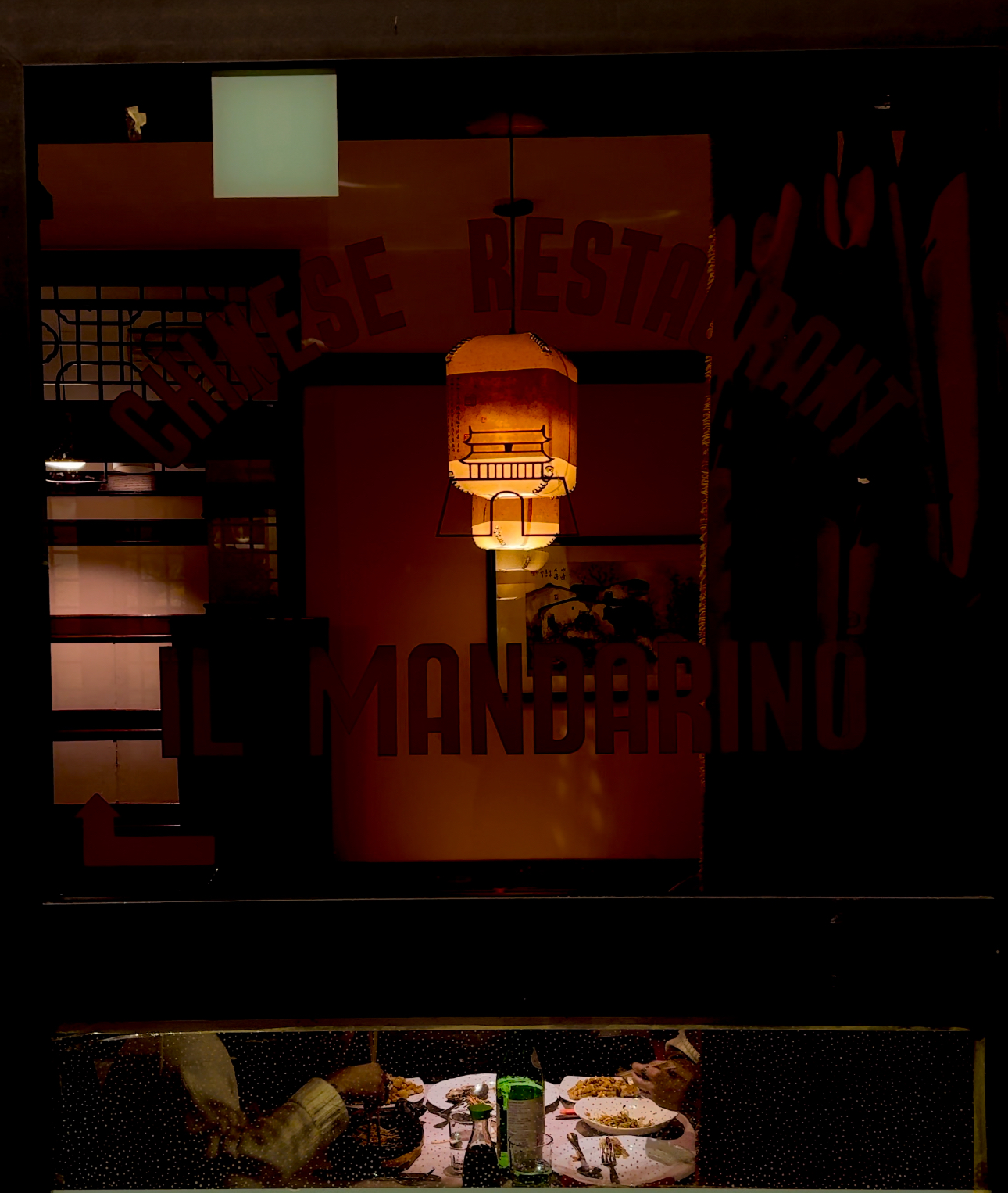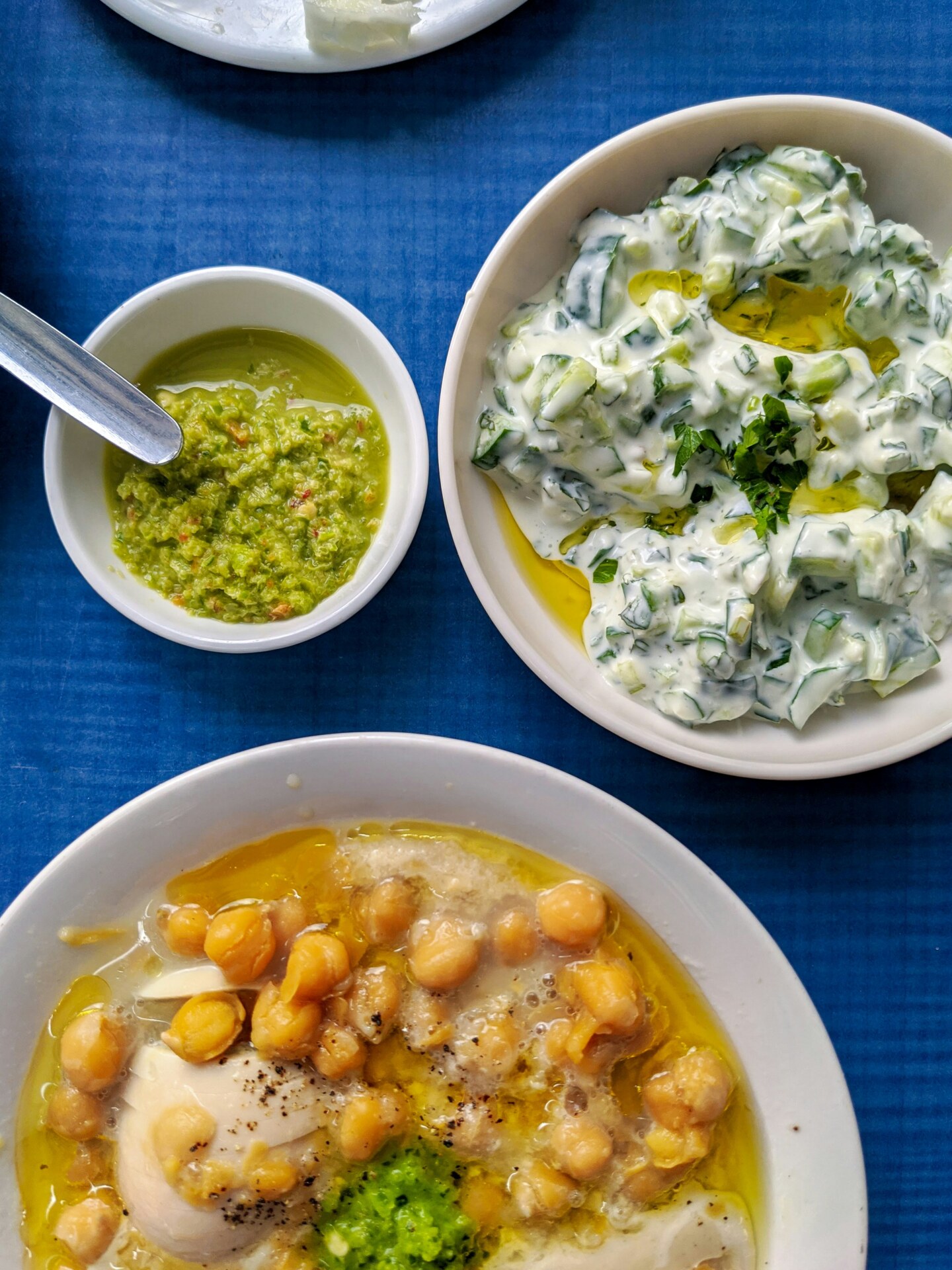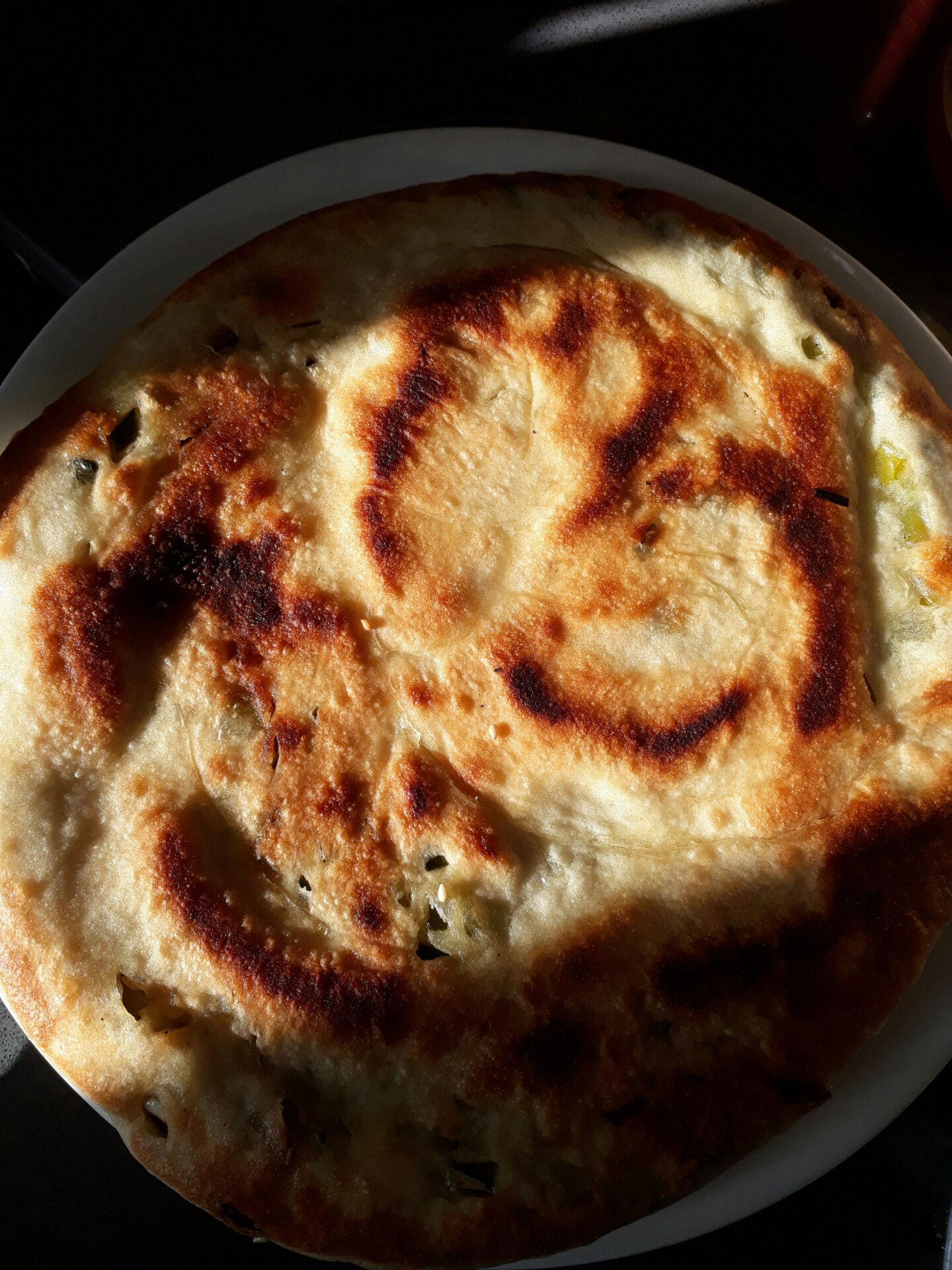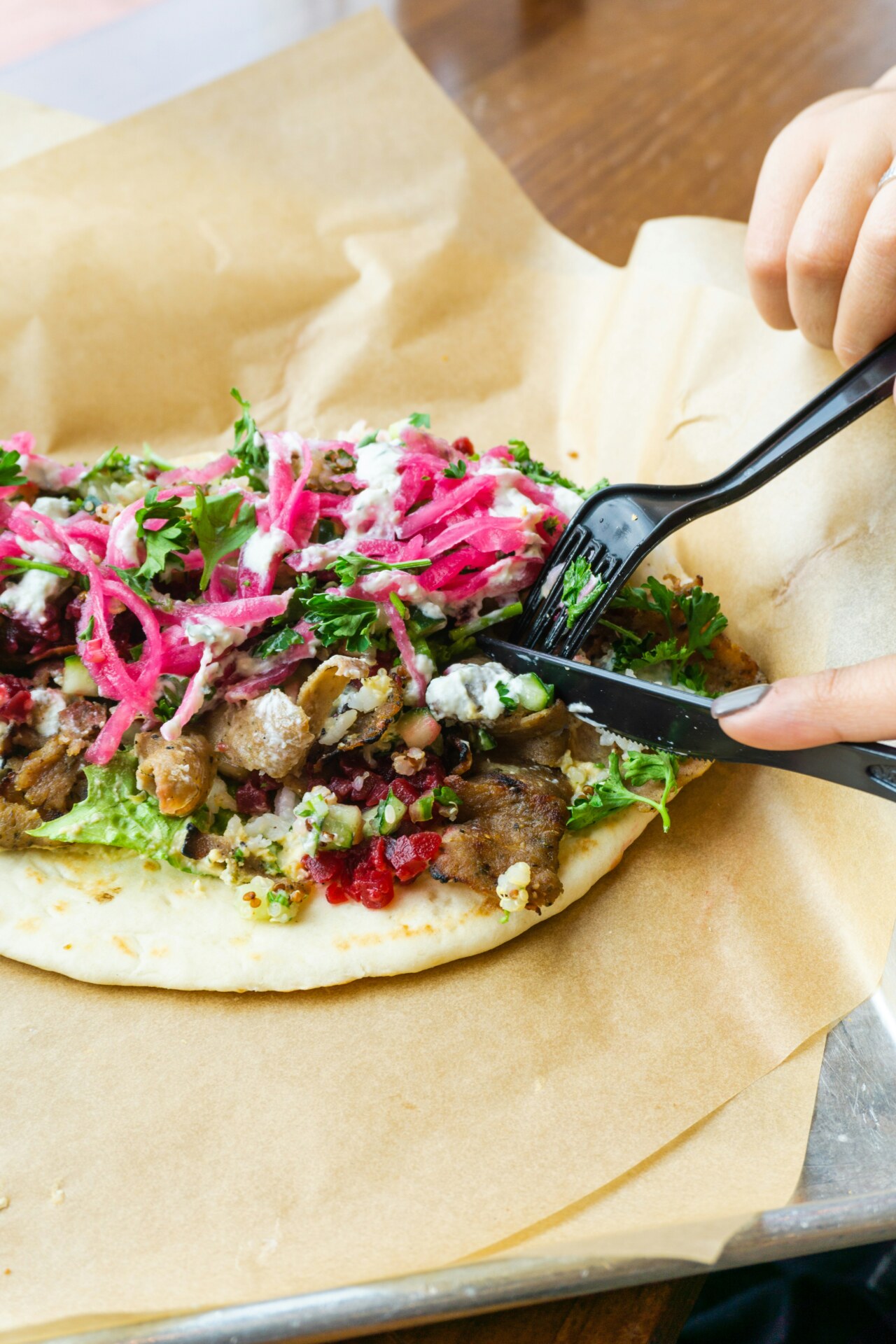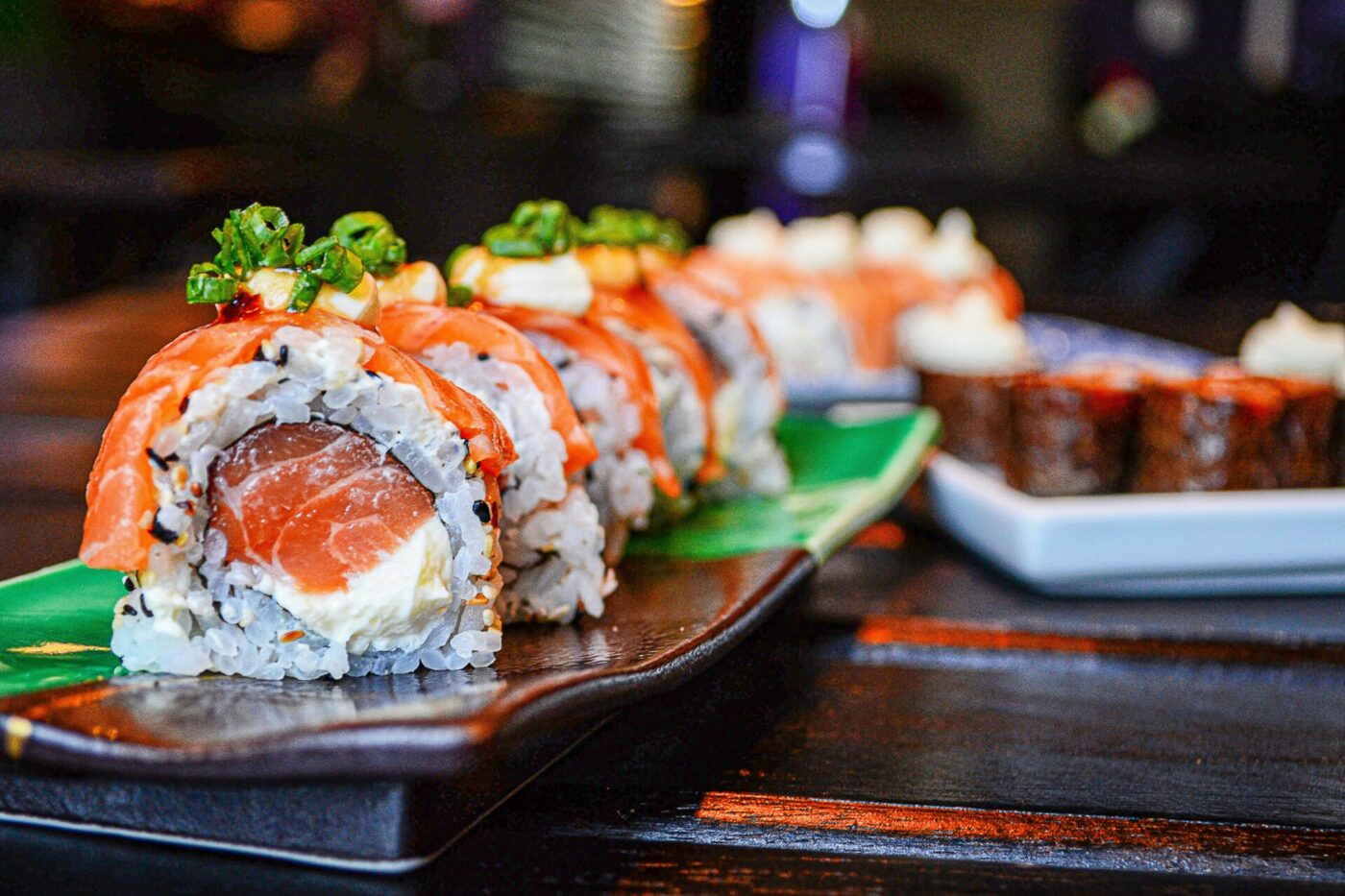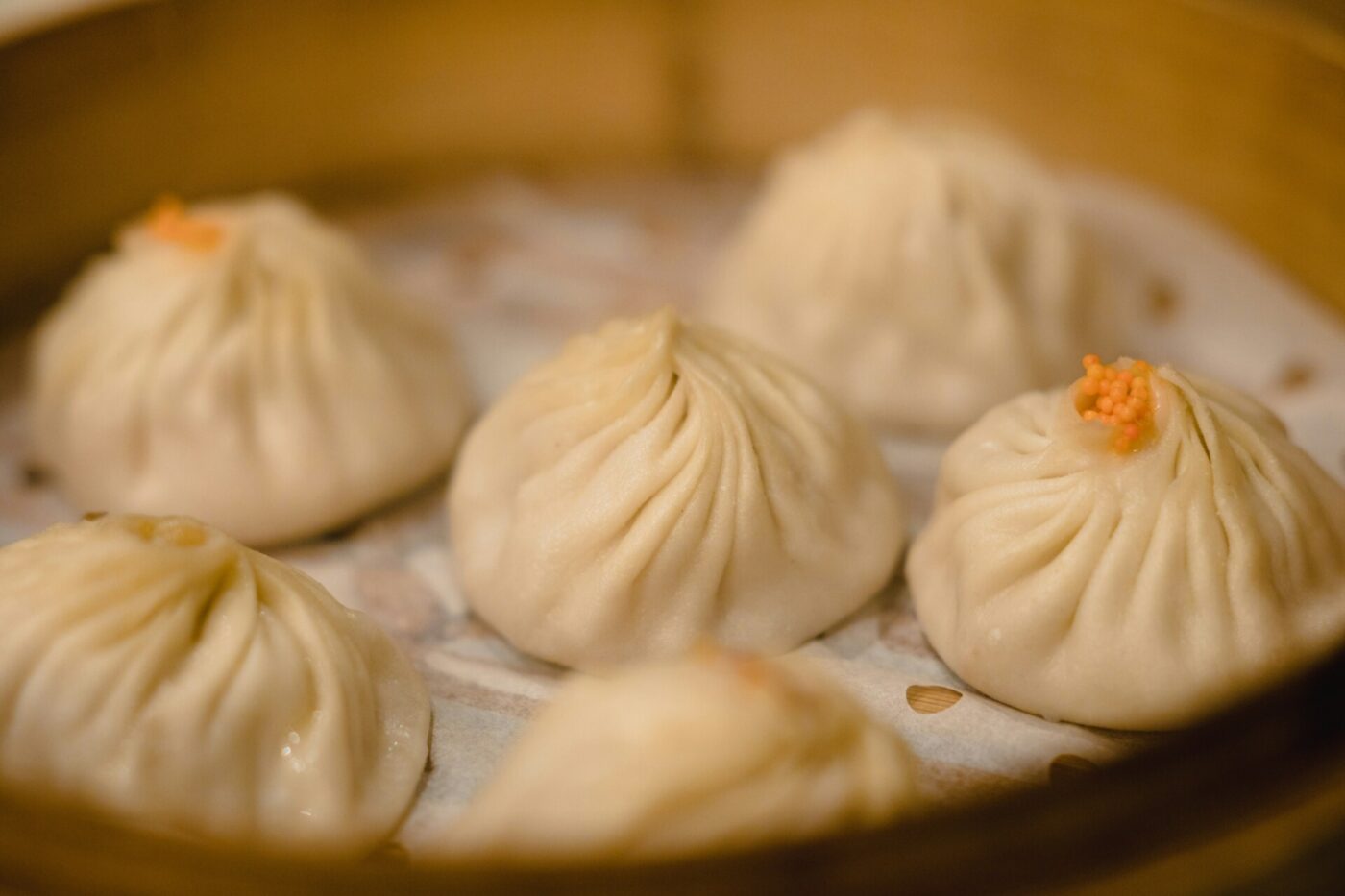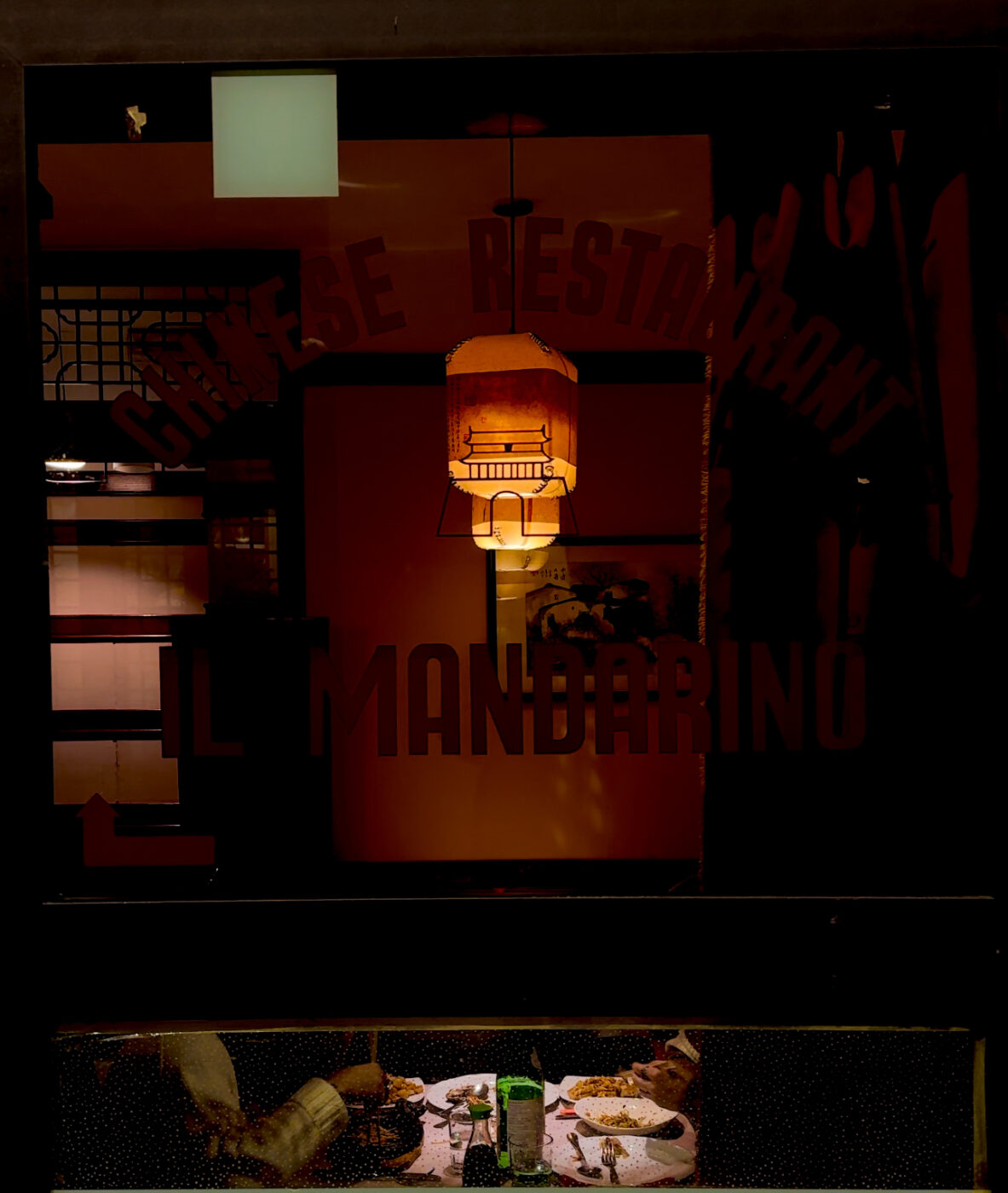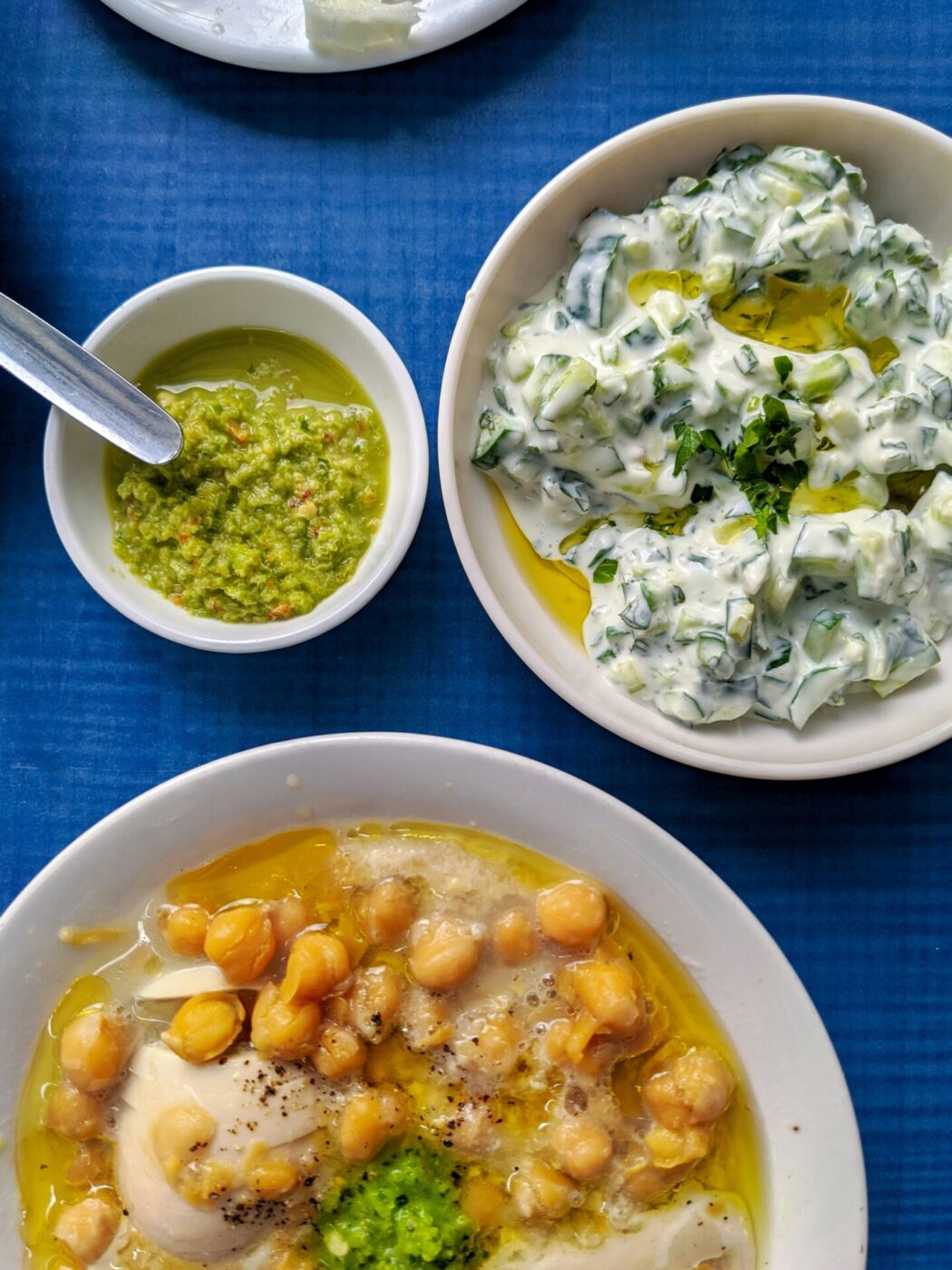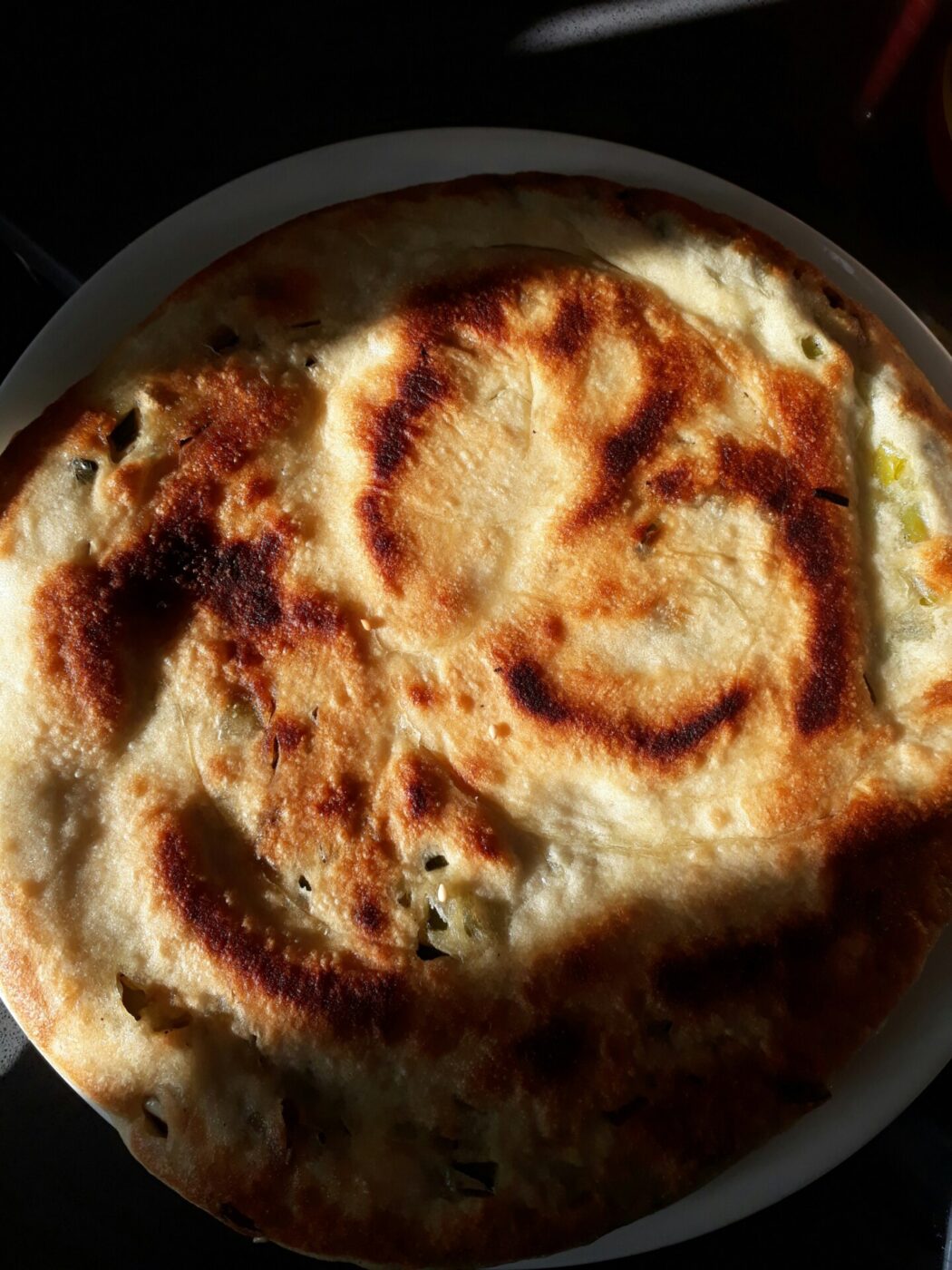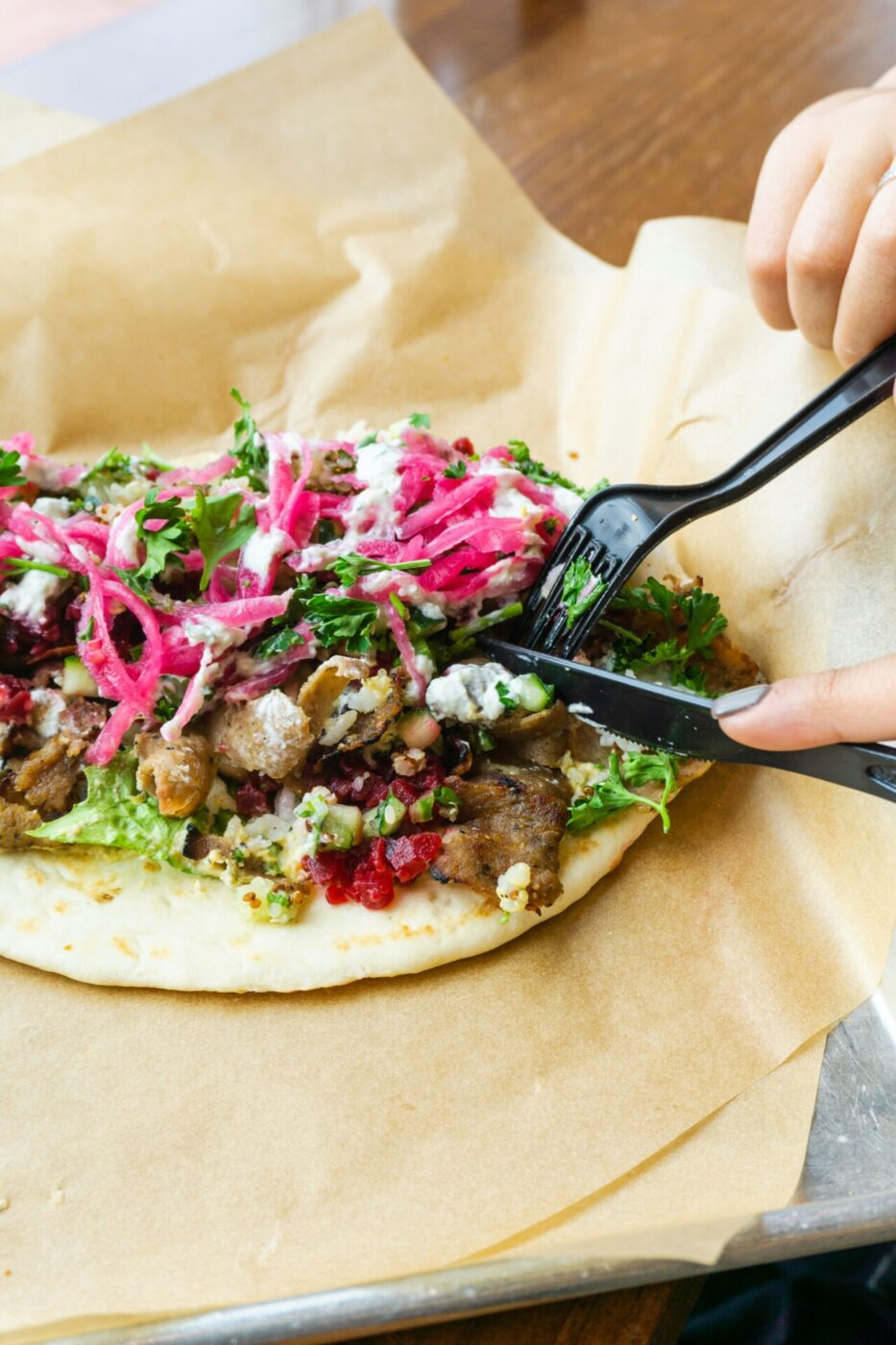It’s 7 AM at Rome’s Mercato Trionfale, the oldest and largest neighborhood market in the city. Walking around, this space feels distinctly local–greetings of “buongiorno” reverberate through the air, the smell of strong espresso mingles with that of pungent pecorino and the day’s fresh-caught fish. Elderly couples roll their trolleys full of groceries while tourists clamor to collect free samples and load their bags full of vac-packed Parmigiano and guanciale.
In many ways, the market is a microcosm of the city itself: vendors proudly boasting traditional products “come una volta” (“like it used to be”) and “de grande tradizione” (“of great tradition”), farmers selling their local produce, while on the fringes, a handful of stalls run by migrants who sell all manner of “international” non-Italian fare.
Italy’s hyper-localized, hyper-regional cuisine is perhaps the greatest point of pride for Italians, and the greatest source of intrigue for tourists who come to visit. This country’s reputation was built on the back of its traditional recipes, its superior produce, and its reverence for its nonne and their craft. Ask most Italians, and they would say that their food is indeed diverse: each town seems to have their own distinct specialty, informed by centuries of tradition. The North of the country, which shares borders with France, Switzerland, Austria, and Slovenia, has perceptible Germanic, French, and Slavic influences. Down South, in Sicily especially, waves of migration and a proximity to North Africa have contributed to a cuisine that carries palpable Arabic and Tunisian heritage. Considering that the unification of Italy happened only 150-odd years ago, it makes sense that the prevailing image that most Italians have of their food culture is one made up of many smaller states, diverse one from the next. But when it comes to looking outward, at a possibility for diversity that lies beyond the boot, Italy has a gatekeeping problem. It goes beyond national pride–which is a good and deserved thing–and veers into gastronationalism–which is not.
This regional pride is easily observed by even a casual onlooker when reading restaurant menus, most of which, in any given Italian city or town, offer variations of the same thing. God forbid one should confuse suppli with arancini, or order pesto in Trapani and expect to find the Genovese iteration. This same sense of detail is not extended past one’s own borders, however: where non-Italian food is found, it is too often with sweeping generalizations. The popular restaurant Chopstick, in Prati, is a perfect example of this: their marketing boasts “authentic Asian cuisine” while hawking anything-but-authentic deep-fried smoked salmon and cream cheese maki, alongside their version of a bao bun topped (yes topped, not filled) with a cheese croquette or roast beef, while their visual marketing shows Mediterranean-looking women wearing bedazzled headdresses or animal print burkas, holding chopsticks while eating tuna tartare tacos. Asian restaurants particularly seem to have to answer to the entire continent, with little to no regard for a specific country’s cuisine let alone regional differences, and most have been “sanitized” to conform to a eurocentric gaze and Western palette. All too often, they’ll have a secret menu that offers their authentic regional specialties, which isn’t even advertised to Westerners.
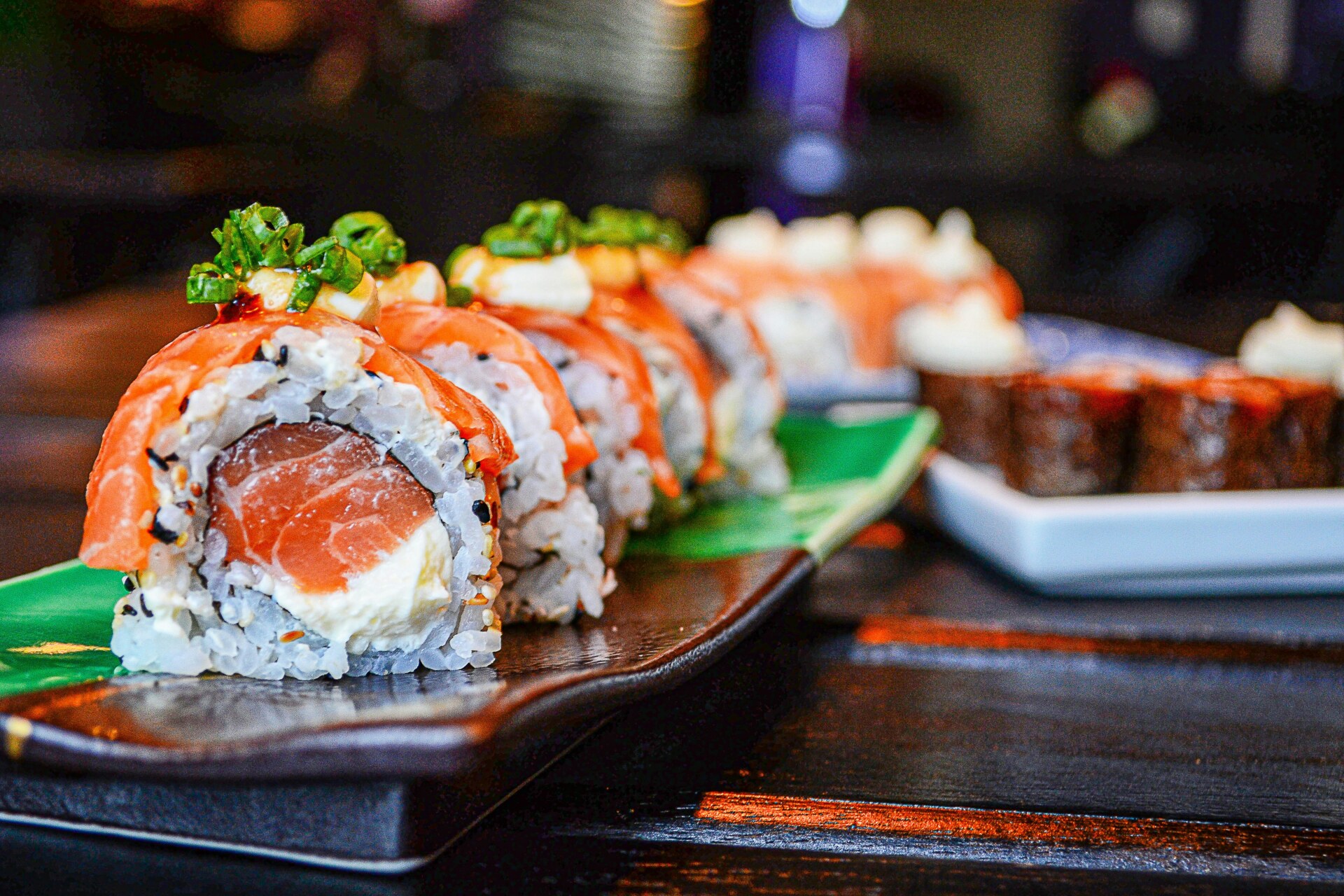
Salmon and cream cheese maki
Neophobia, in regards to food, is defined by an unwillingness or apprehension to try or eat foods that are novel to the dominant culture. A recent study surveyed 1,317 Italian consumers about their eating habits, and found that neophobic respondents–most of whom are over the age of 55–will not eat so-called “ethnic” food. In Italy, this in essence boils down to any food that’s not Italian, but even here, there is a hierarchy. Foods deemed “ethnic” (in and of itself an offensive blanket term for the food of any peoples who are not white) is perceived by and large as “unhealthy”, “greasy”, and “smelling bad.” These are labels that have been attributed to Chinese food as a whole, to name but one example, while Japanese food has the perception of being healthier, fresher, and more accessible to the Italian palette. All-you-can-eat sushi places and Poke restaurants (often mistaken for and looped in with Japanese cuisine here) have increased 117% in Italy since 2021. A majority of them are owned by people of Chinese origin, of whom there has historically been a larger migration to Italy than people of Japanese or Hawaiian origin. I spoke to the owner of a popular sushi restaurant in Rome, who chose to remain anonymous. He corroborated these statistics, saying that he was not able to get enough business at his restaurant which served regional Hong Kong cuisine, so he pivoted to offering all-you-can-eat sushi, the likes of which resemble nothing you’d find in Japan. Business has never been better.
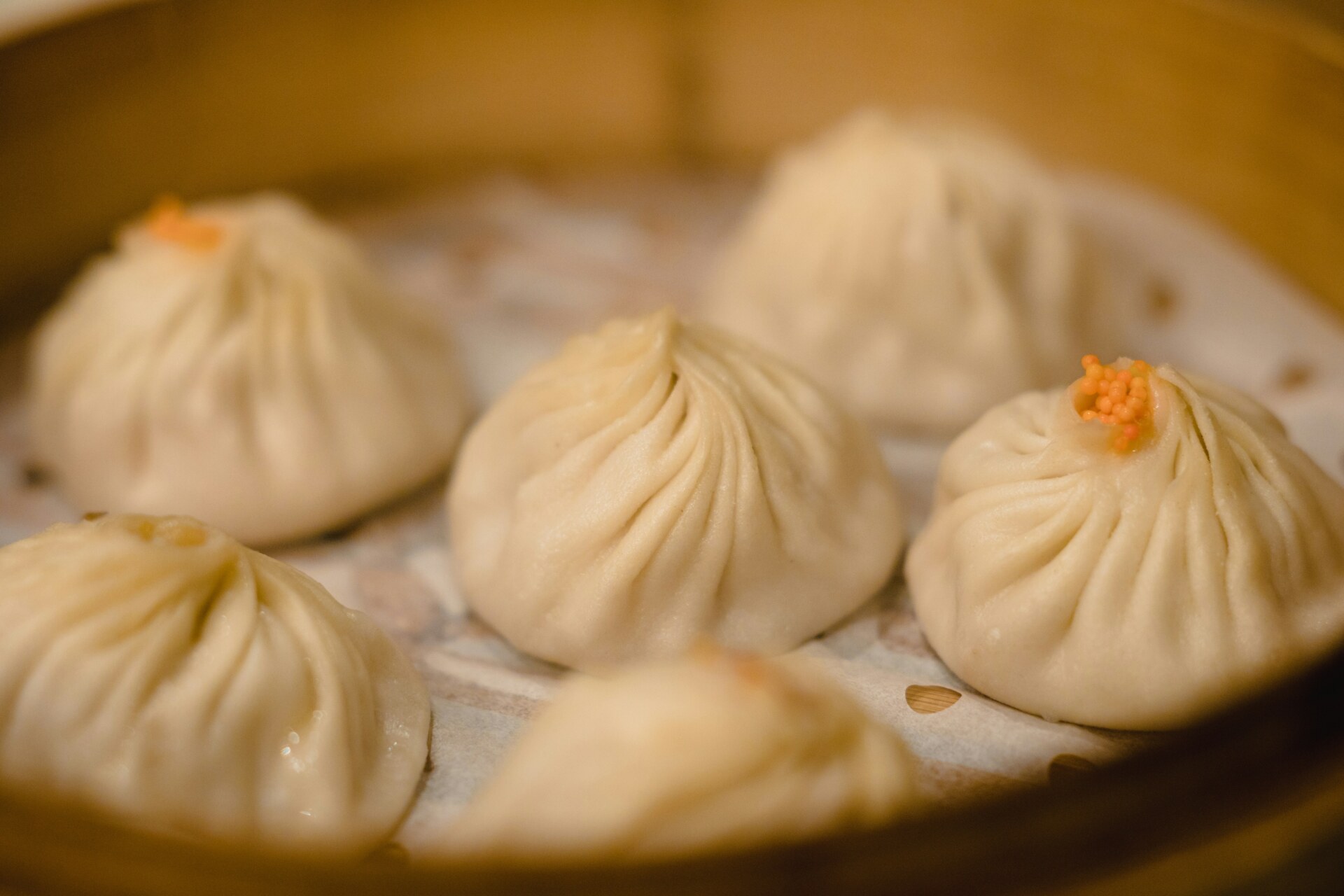
Another tactic often employed by restaurant owners to ingratiate their food to Western palettes is in the language they use: foods will be described with familiar Italian parameters, like, for example, denoting a falafel pita as a piadina di falafel, xiao long bao as ravioli cinese ripieni di brodo, or taramasalata as crema di uova di lumpo. This can be a good thing, as the familiarity of these words helps to counter neophobic feelings, and ultimately leads to a wider acceptance of previously unknown foods and cultures. Still, it sheds a glaring light on just how homogenous the Italian palette–and point of reference–is, despite more than 11% of the population being foreign-born, accounting for more than 6 million individuals (and increasing every year).
Back to Trionfale market–I spoke to two foreign-born vendors, both of whom have their own market stalls. The first, Laura, sells cheese from small producers in Amatrice, along with homemade conserves. She’s from Romania, but immigrated to Rome 30 years ago, when she was in her 20s. She now has an Italian husband, a loyal group of regular Italian customers, and a coveted position in the center of the market, which she’s owned for the last ten or so years. She is the picture of assimilation.
Rony moved here 15 years ago from Bangladesh. He and his family run a stall selling international goods at the edge of the market. Despite also being fluent in Italian and owning his stall for almost as long as Laura, his customer base is majoritarily made up of other foreigners. It brings up a question of who is allowed access to the inner sanctum of Italian culture, and who is not. For most migrants–specifically those who are people of color–Italy is neither a melting pot nor a tapestry.
The fact of neophobia towards food in Italy is not an accident; the right-wing parties of government have a gastronationalist agenda that is well-documented. In the 2010s, Lega Nord ran a campaign, and later passed a bill, that would prohibit any vendor to sell food in Northern Italy that was not regionally North Italian. The only way around this was to feature a traditional Northern Italian dish alongside any foreign dish sold. You’ll still feel the hangover of this policy today–just look at all the kebab shops that also sell pasta and pizza dishes. It’s also another contributing factor to the Italian-ification of foreign food names that appear on so many menus, as discussed above.
More recently, Meloni’s cabinet has petitioned for Italian gastronomy to be included on the UNESCO List of Intangible Cultural Heritage, which would garner it protected status as a codified cuisine. Meanwhile, Francesco Lollobrigida, Minister of Agriculture and Food Sovereignty for Meloni’s cabinet, decreed that Italy would ban the production of lab-grown meats and insect flours and products made with them–two major categories of novel foods being adopted as healthy protein alternatives to meat by the rest of the EU nations. In this case, the neophobic gastronationalism is less about influx of foreign culture, but rather about a reticence to move towards a future model of gastronomy that takes into account the latest developments in food sustainability and innovation. In either case though, the reluctance to adapt to the realities of the current cultural climate here makes me wonder what the future holds for this proud country.
Despite all this, things are changing, albeit slowly and possibly against the will of the government. Since 2007, sales of international food have increased by 93%, and younger people are more and more open and accustomed to foods from foreign cultures, even if in imperfect form. It’s the first step towards a gastronomic landscape that is actually reflective of all the people who have come through this country and live within these borders, as well as reflective of where food discourse is at, now. Which is not to say that there is no place for tradition: there certainly is, especially somewhere like Italy where food is so intrinsic to the cultural identity. But there must be a way to preserve tradition without descending into xenophobia or uber-nationalism; to preserve what’s good and great about Italian food tradition, while also opening the gate just a crack to let new perspectives in, and allowing the deep roots of Italian food culture to perhaps grow a few new branches.
